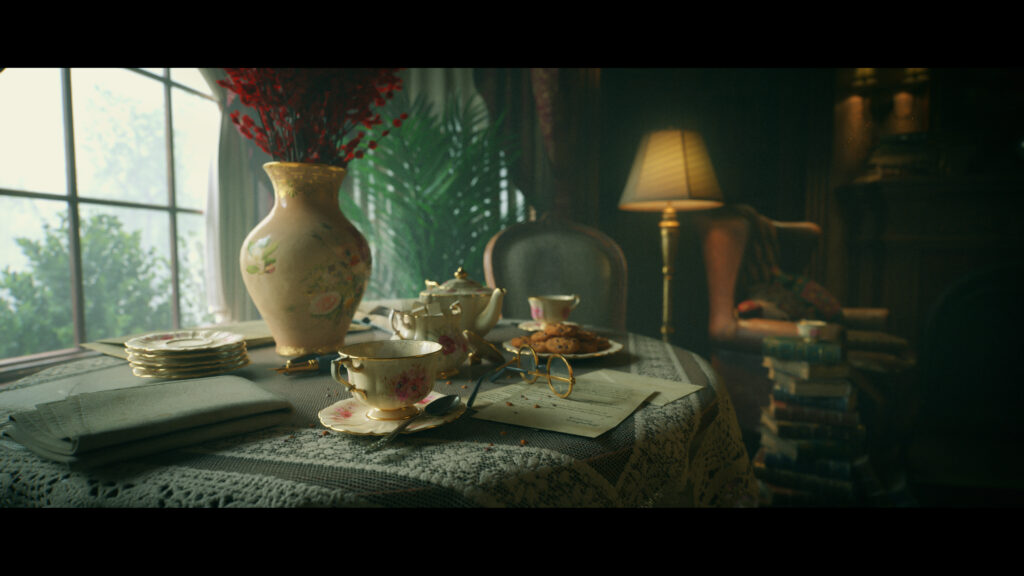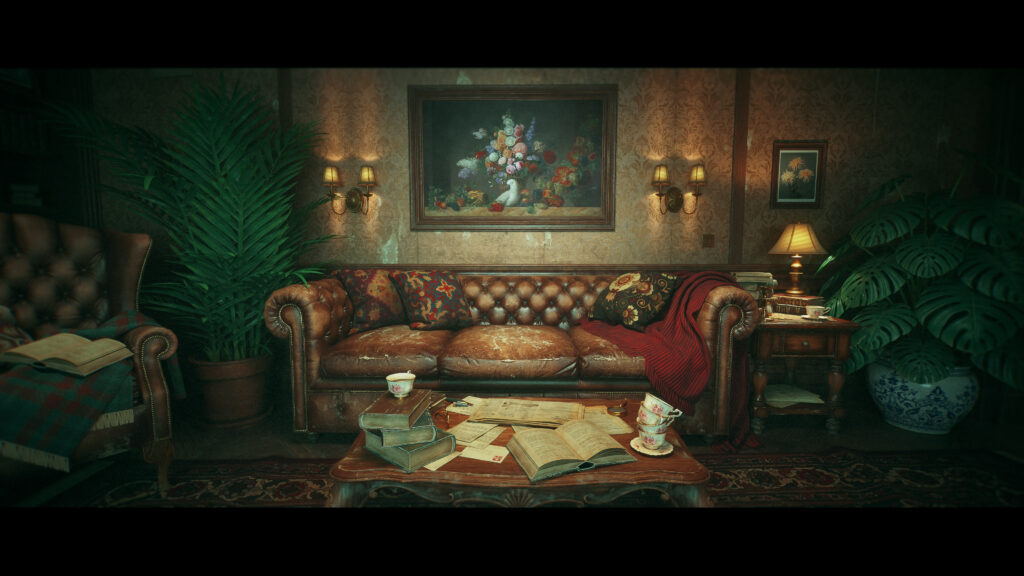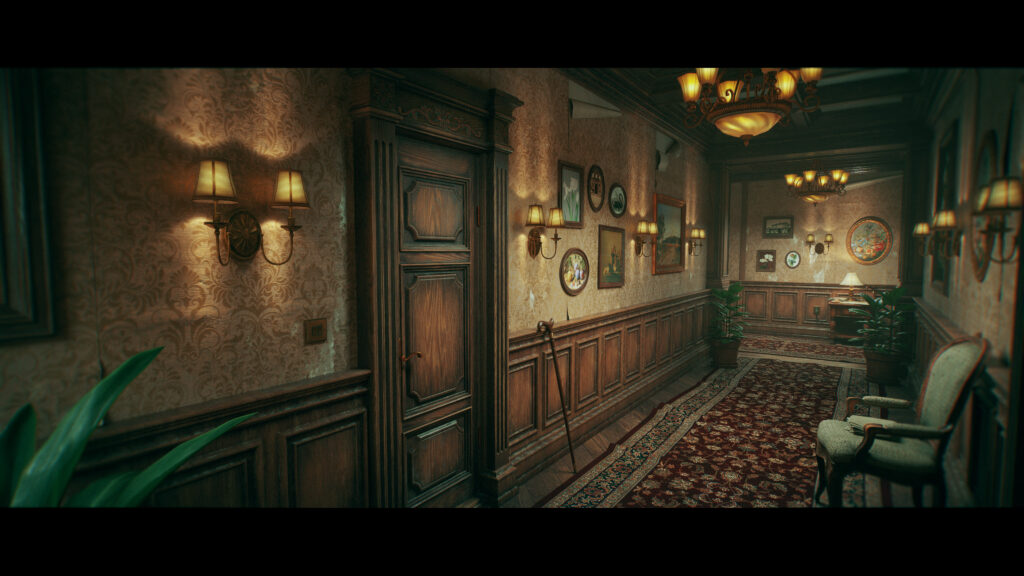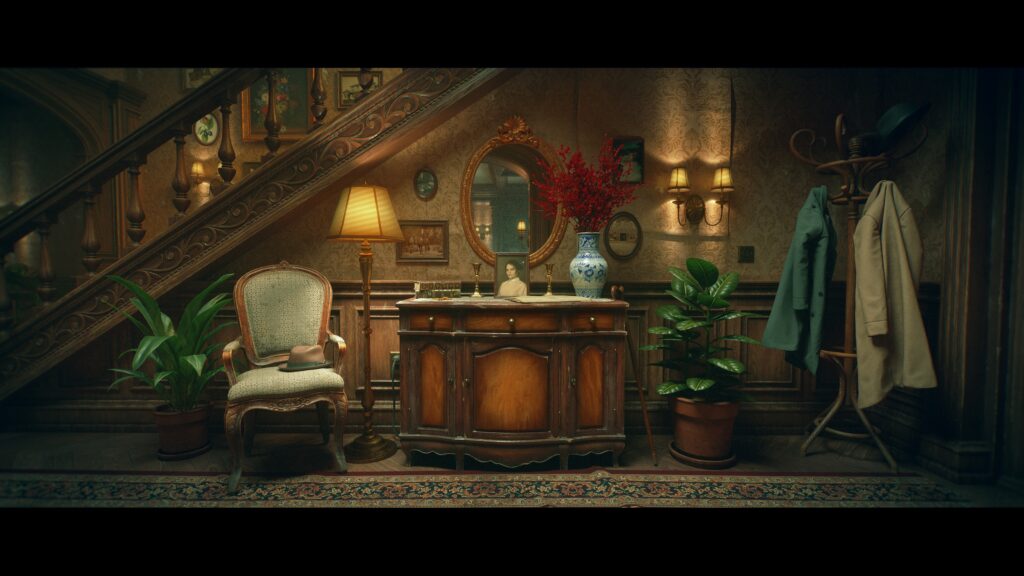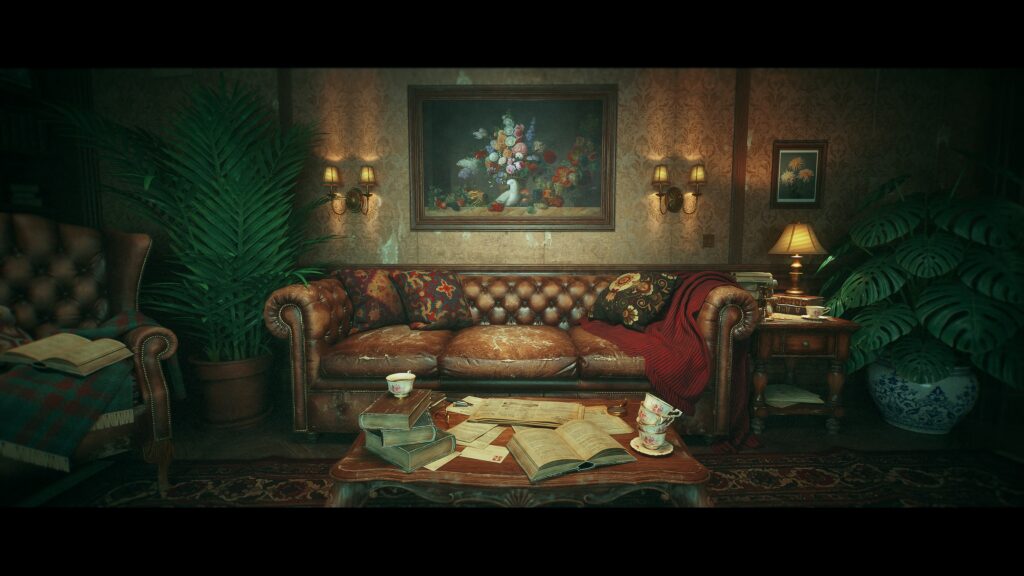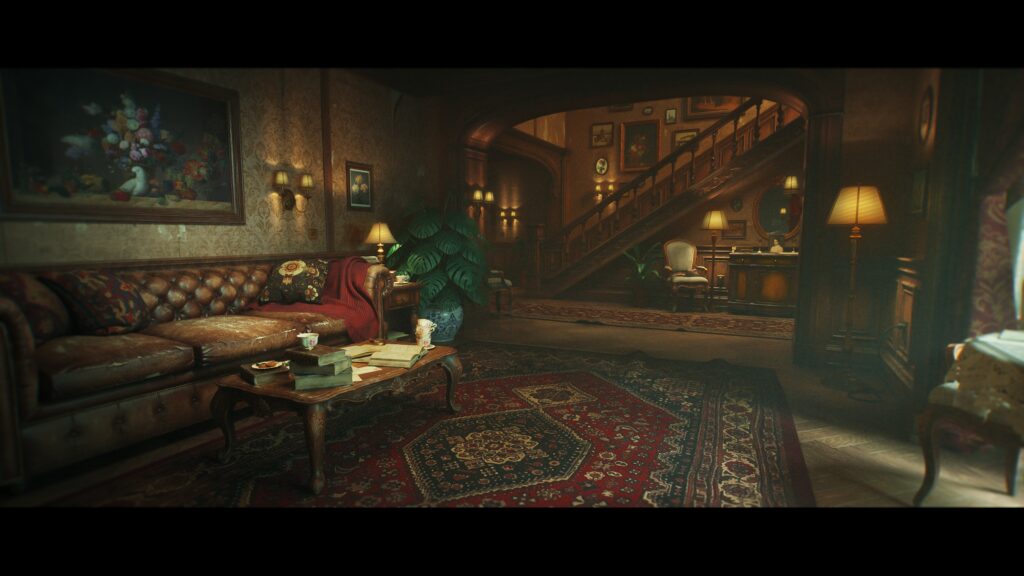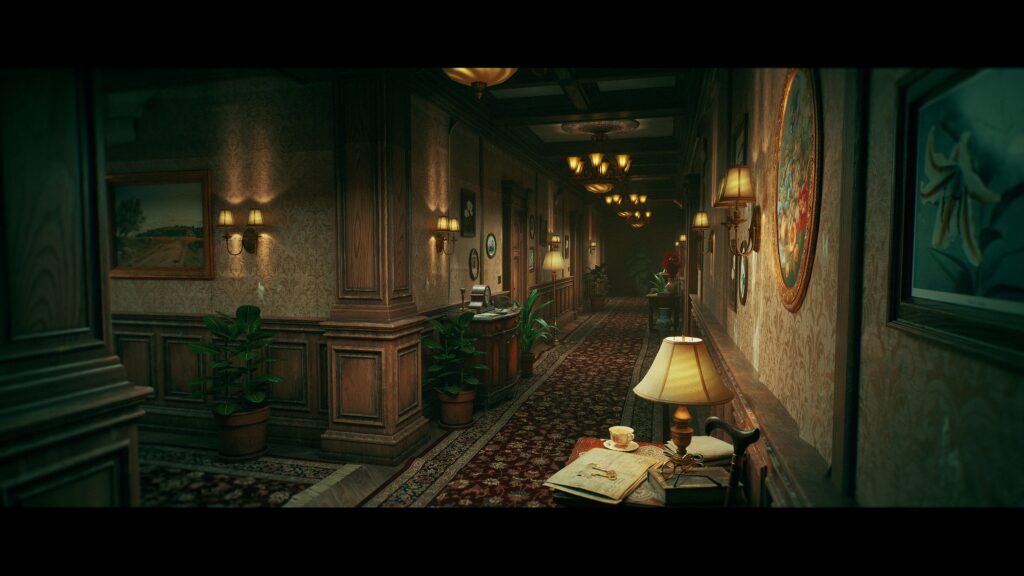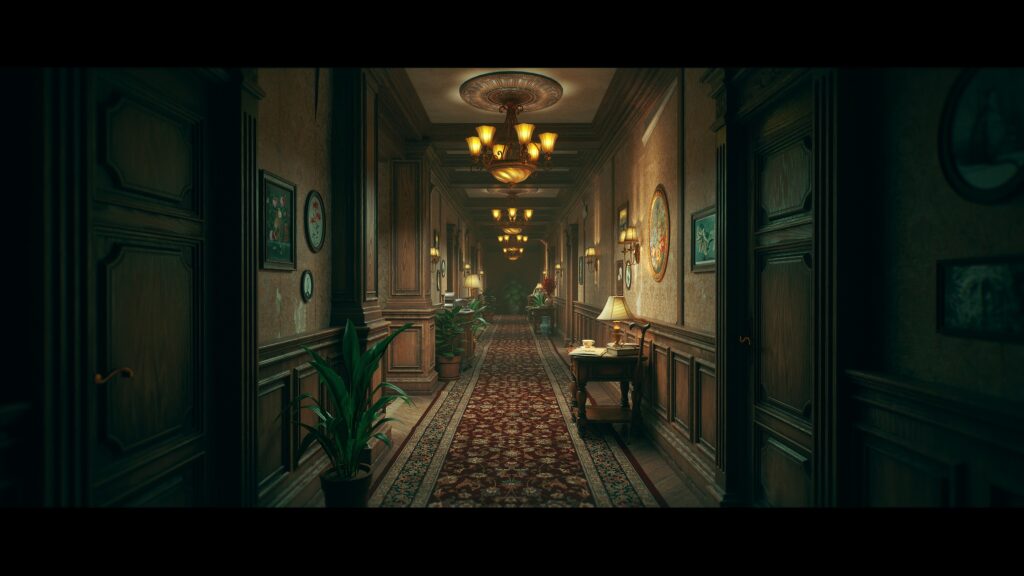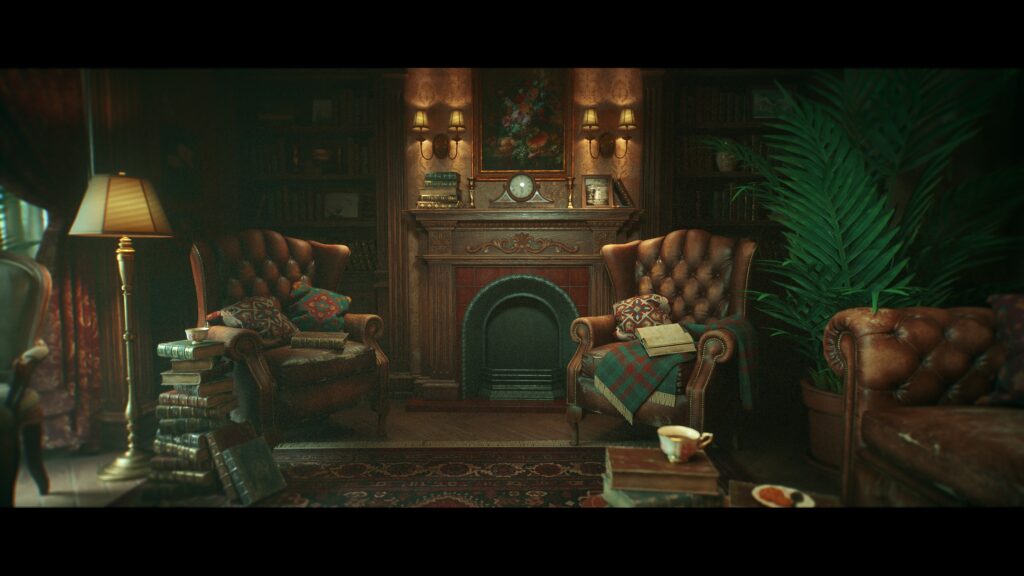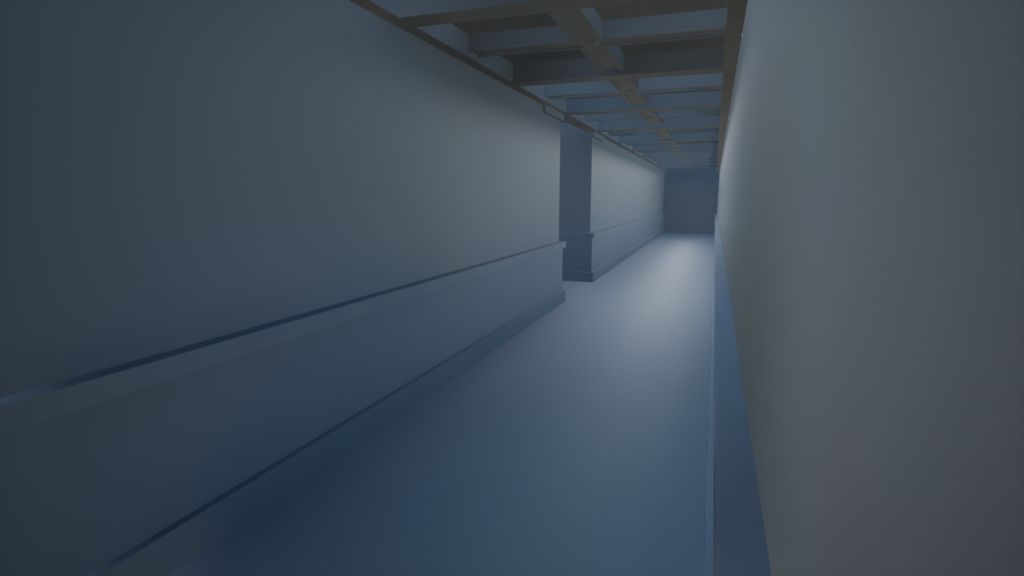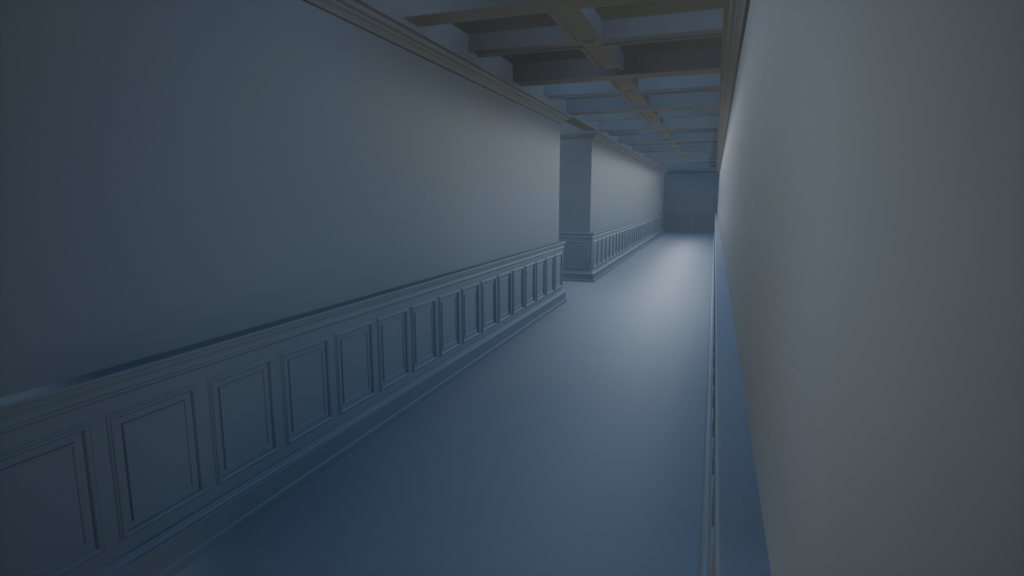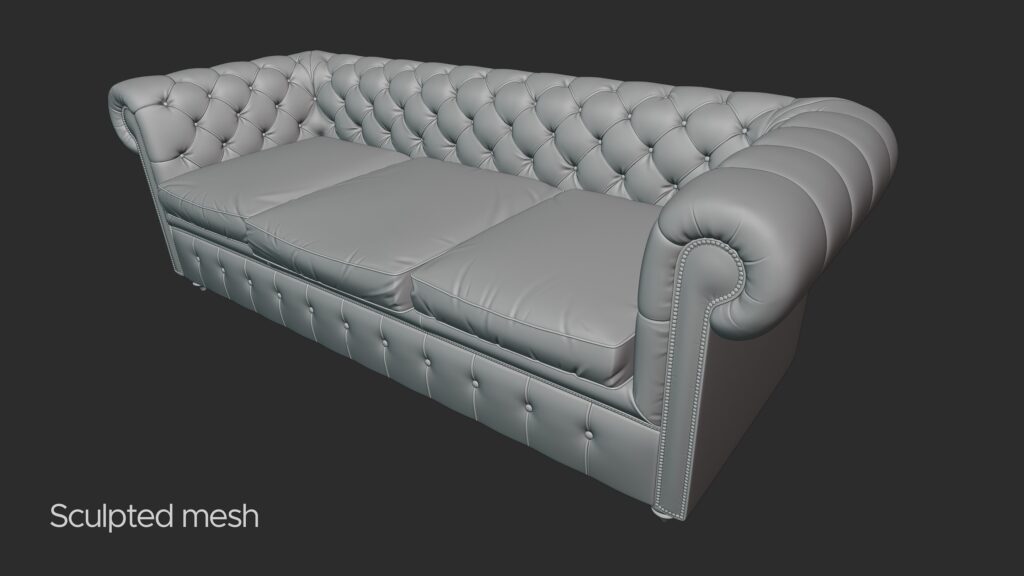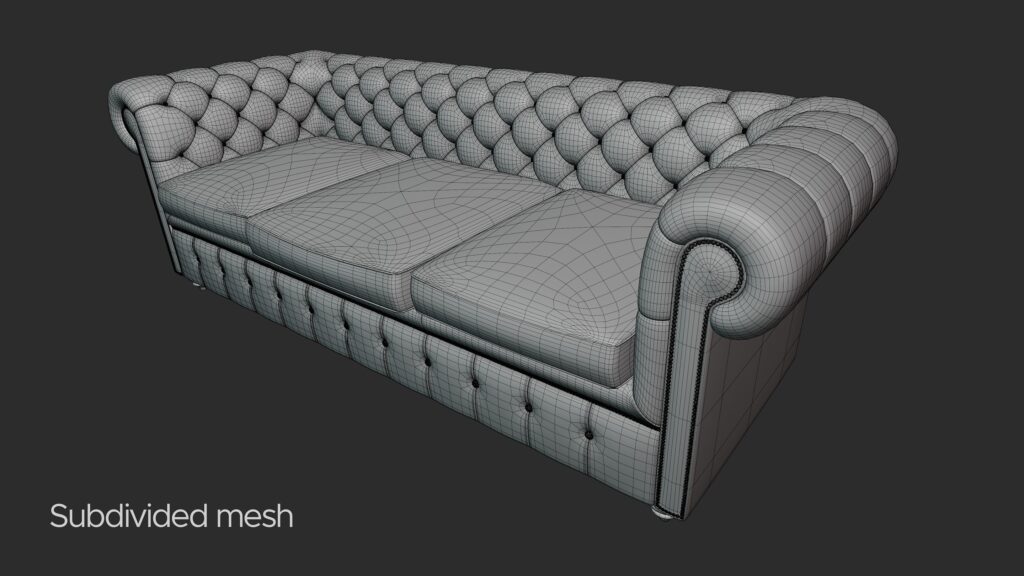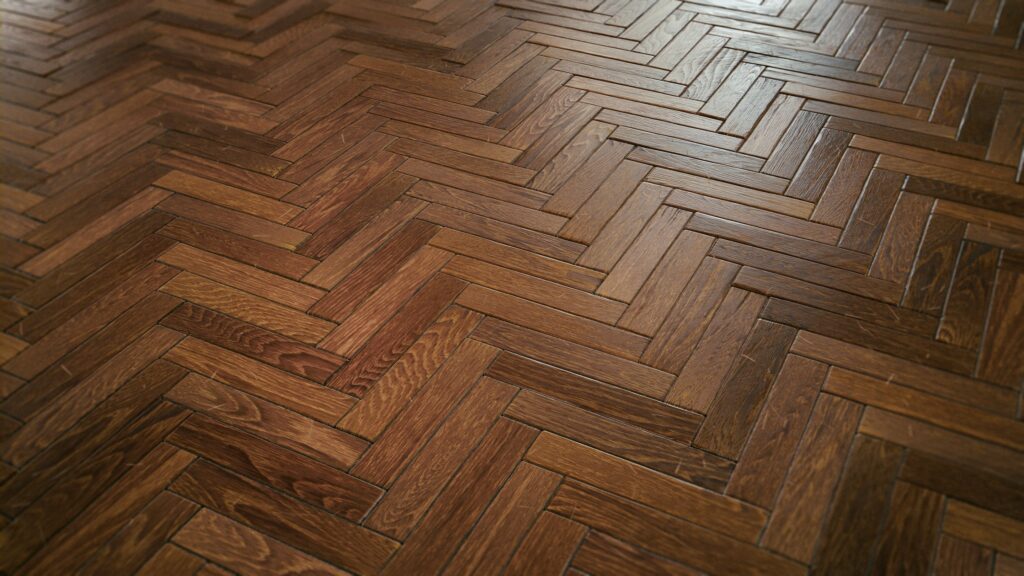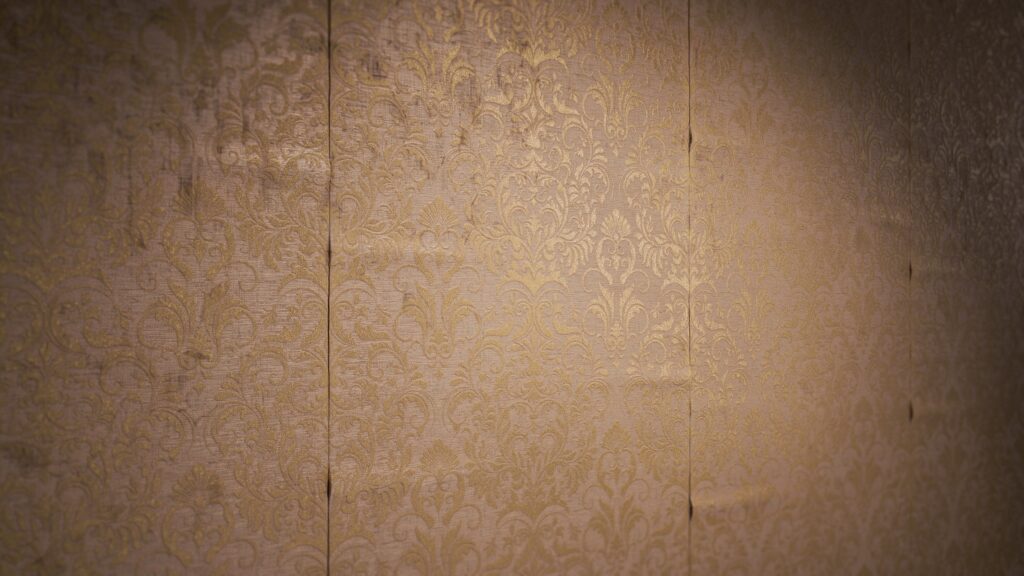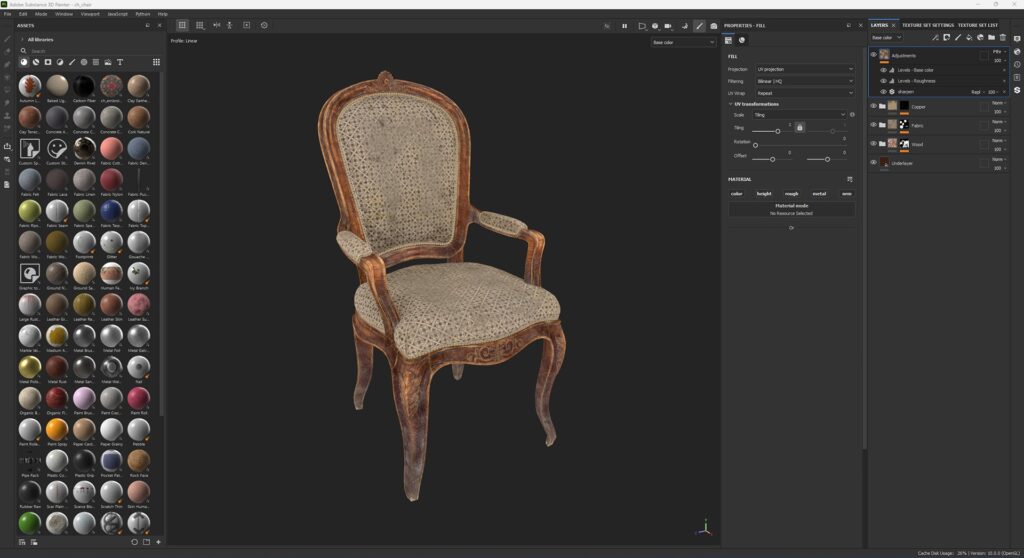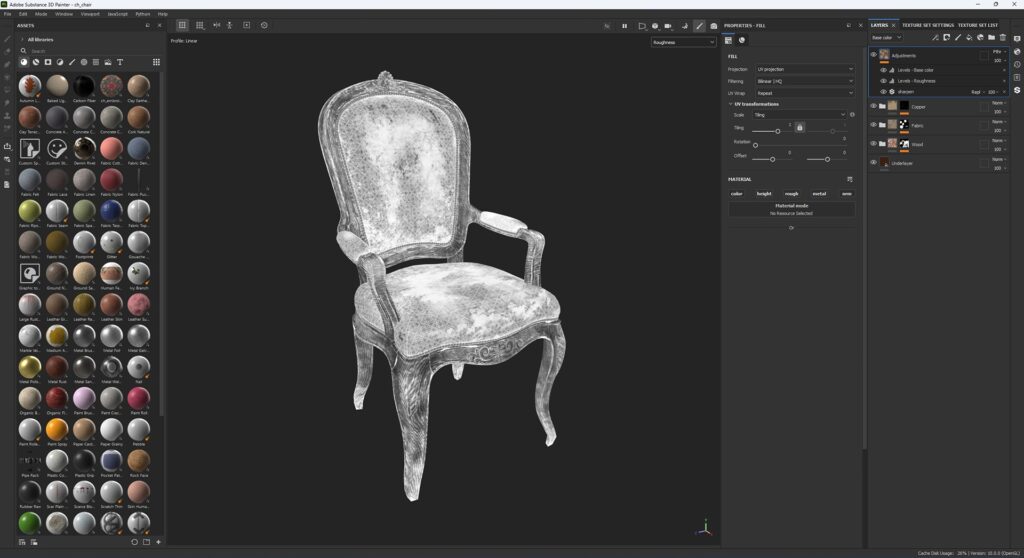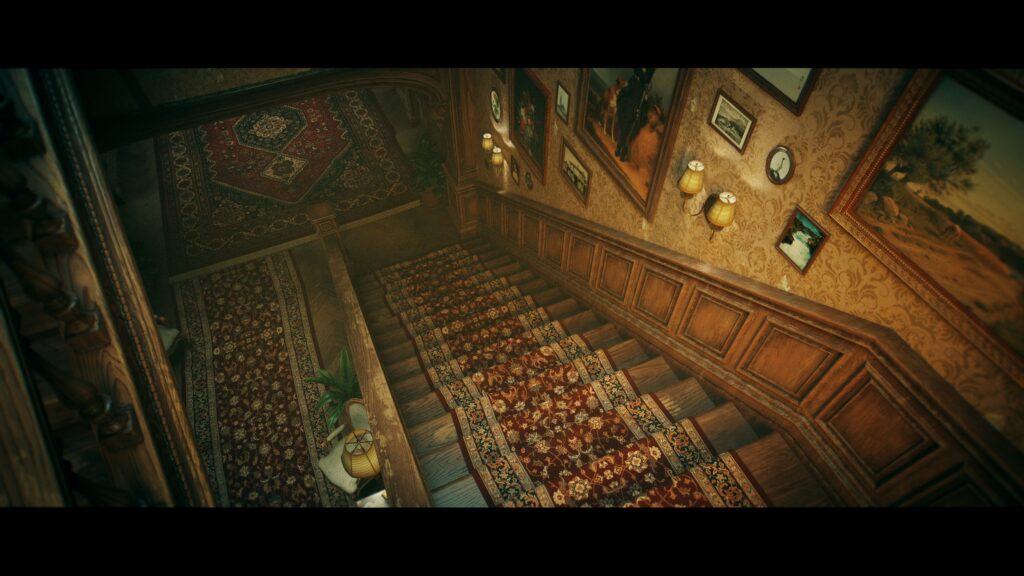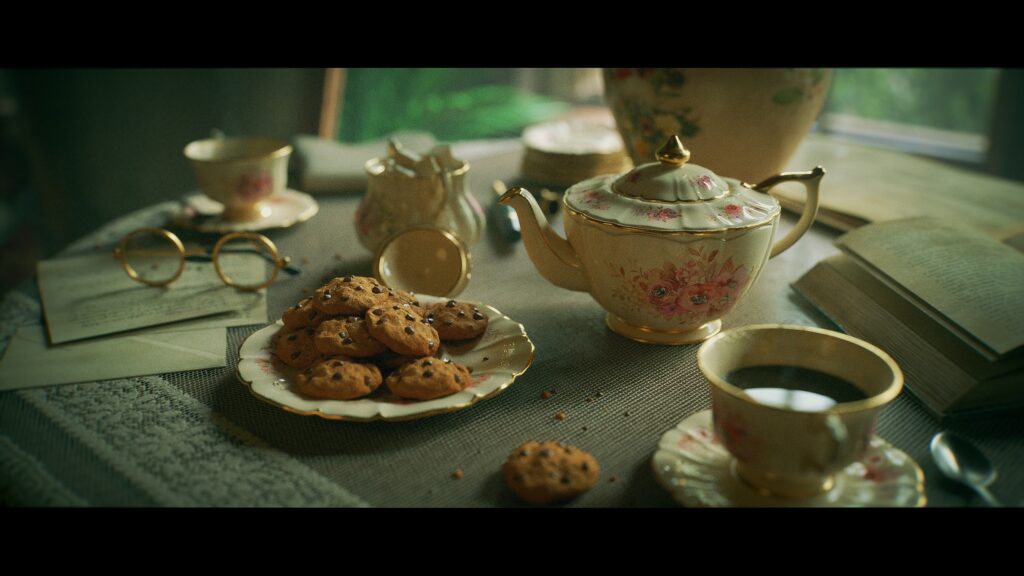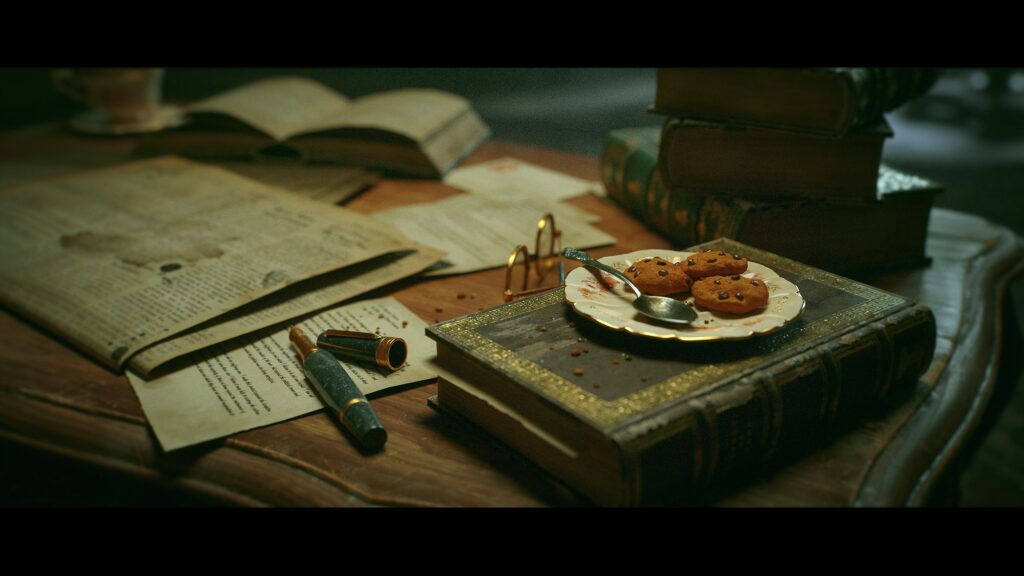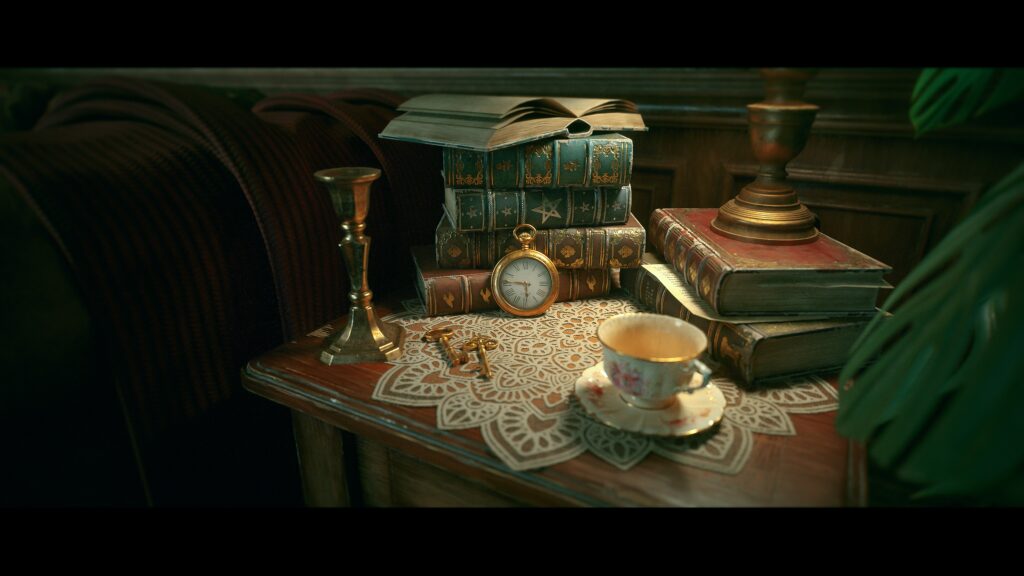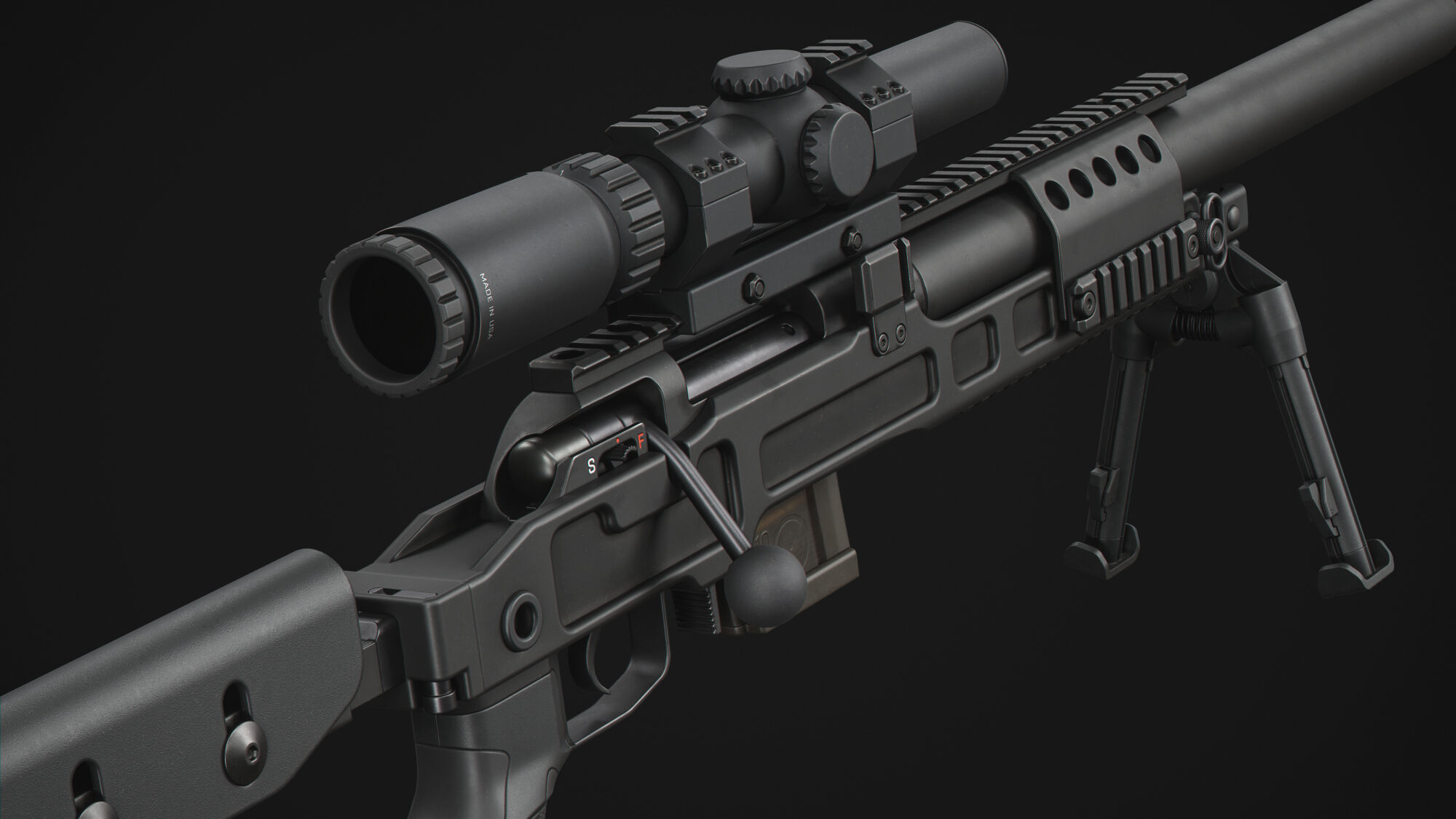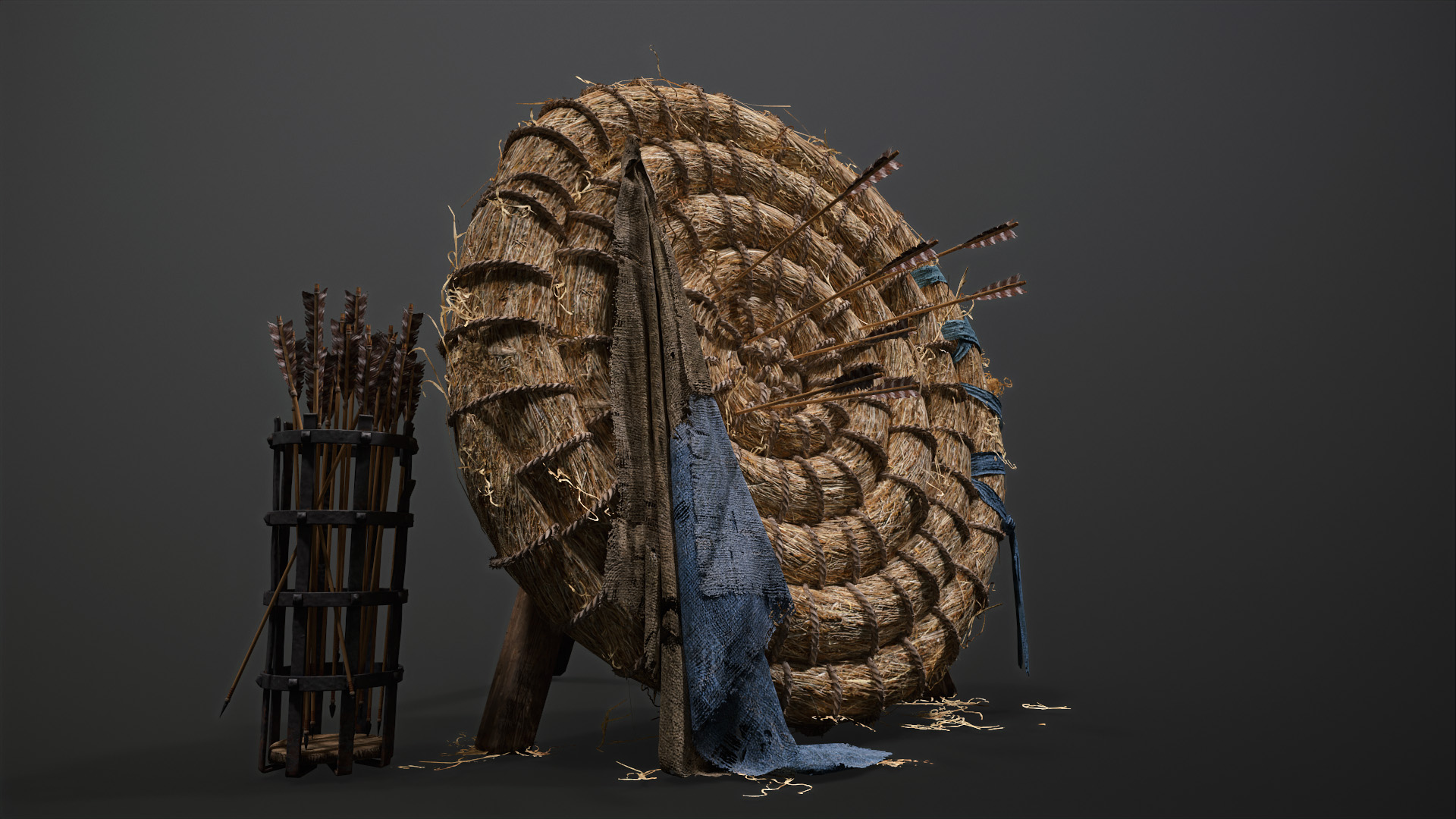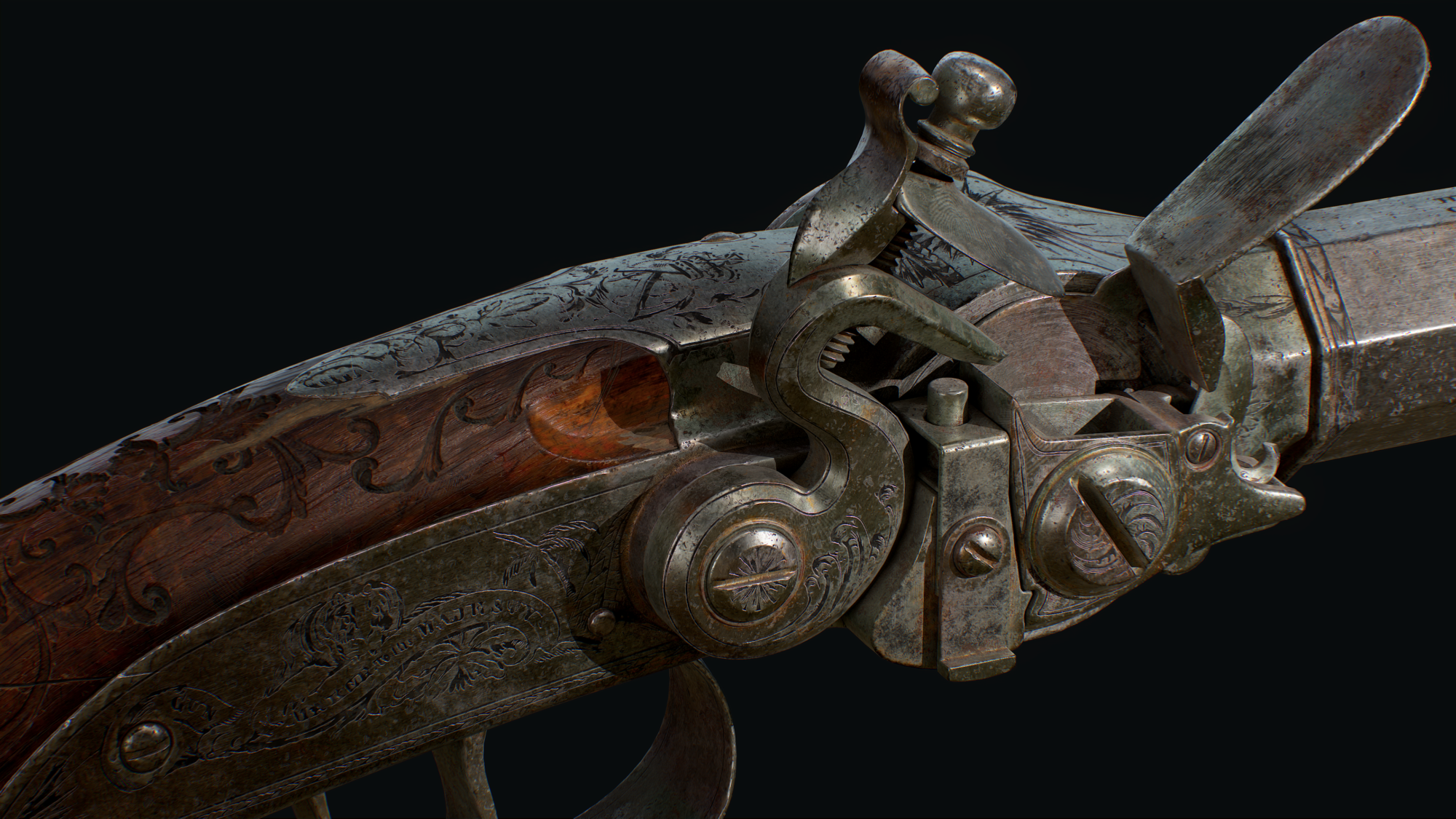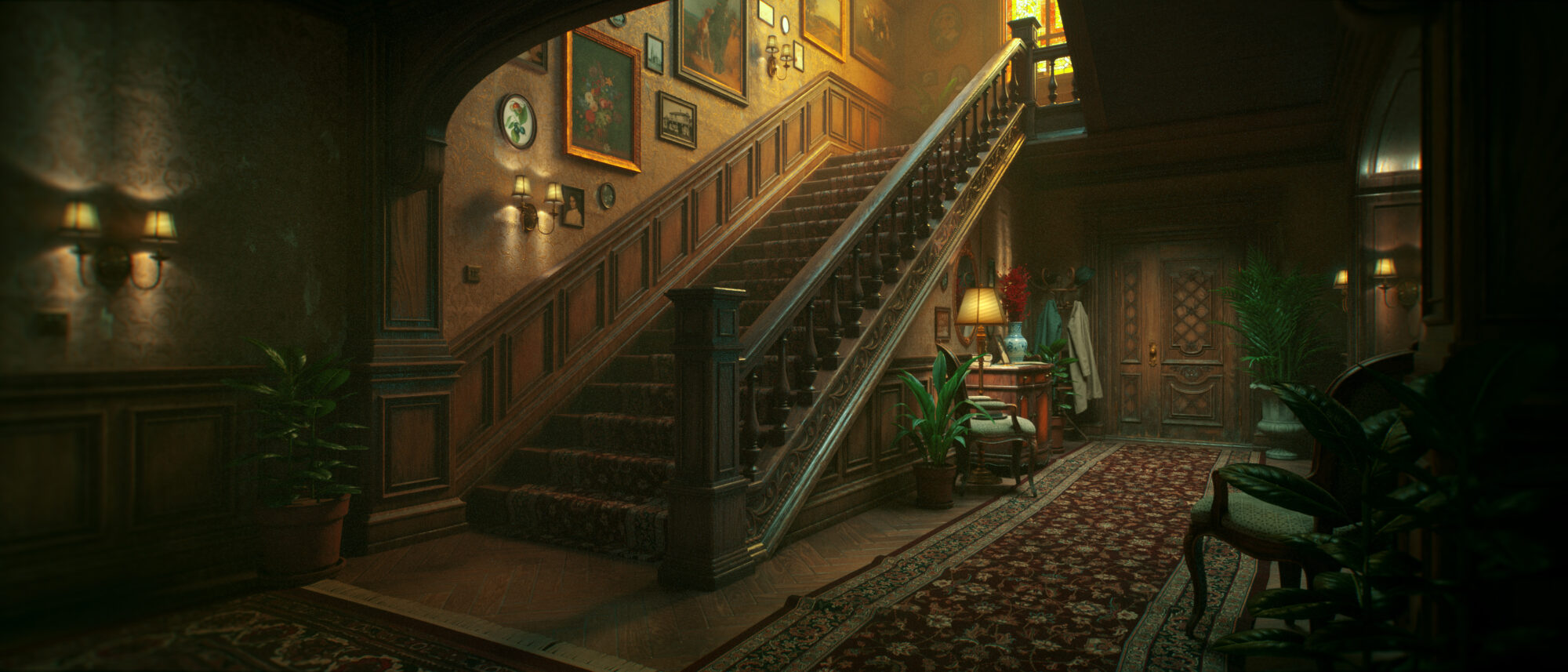
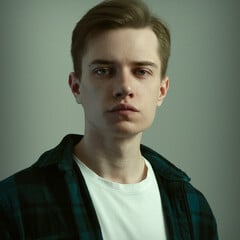
Introduction
Hi everyone! My name is Anton Mishchenko, and I’m a 3D Environment Artist from Ukraine. I started my game development journey 5 years ago as a 2D artist working on casual mobile games.
However, I was soon captivated by the possibilities that 3D art offers and decided to focus on creating 3D props and environments, using YouTube as my main source of information for learning.
Project Goals and Inspirations
The initial idea for the project came to me while watching a “Let’s Play of The Dark Pictures Anthology: The Devil in Me”.
The style and atmosphere of Henry Holmes’ hotel, reimagined by Supermassive Games, gave me a huge motivational and inspirational boost, which led me to start my own project.
As the project progressed, Alan Wake 2 became another great reference, greatly influencing my final decisions on lighting and composition.
The goals were pretty straightforward: to master environment, props, and material creation skills while avoiding the use of external assets.
Software
The scene was blocked out and assembled in Unreal Engine. Blender is my primary modeling software, which I also use for UV mapping, cloth simulation, and sometimes for sculpting.
Substance Painter was used for texturing, Substance Designer for procedural material creation, ZBrush for sculpting and Marmoset Toolbag for baking.
Blockout
At first, the project was meant to be far less complicated, consisting of a simple vintage hotel corridor with various props along the path and pictures on the walls.
I set up a simple blockout in Blender, separated the walls, ceiling, and floor modules, and defined the main camera angles.
After that, it became clear that the environment would look too boring, so I decided to expand it by adding a staircase and a living room.
Modelling
Once the blockout was completed, the next step was to create a modular system. It had to be flexible enough for me to assemble any type of interior and iterate quickly.
At this stage, it was vital to define precise metrics so that all modules would fit together without intersections or gaps, especially in a multistory building.
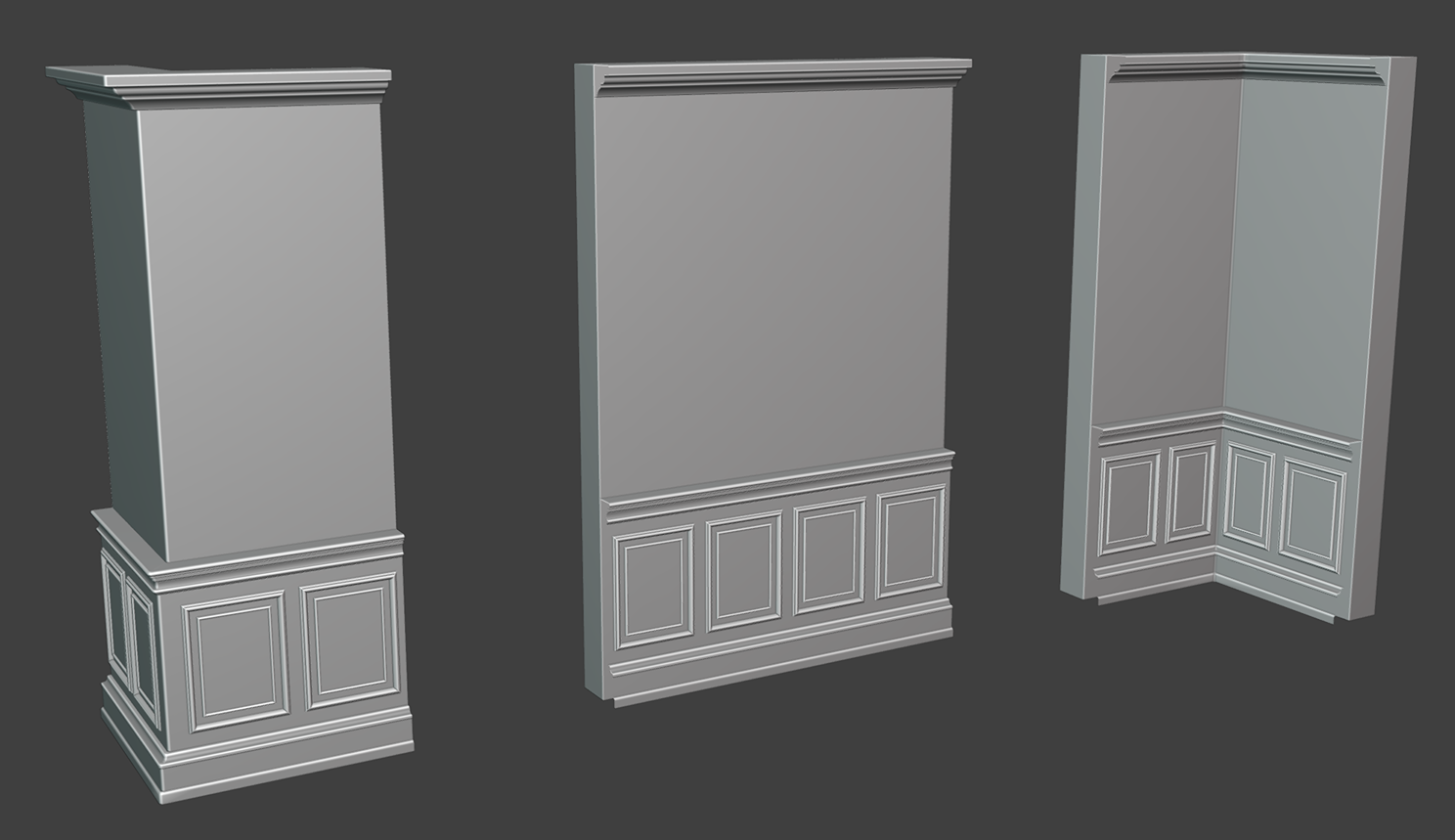
For the modules, I used a mid-poly workflow to keep the geometry smooth and believably realistic while maintaining decent performance.
Additional square cuts were made in the floors and walls to take advantage of material blending through vertex paint inside Unreal.
Once the modular system was completed and the interior looked finished, I began working on props and materials.

Props
To start, I gathered hundreds of references of vintage interiors and furniture to determine what types of props were needed and how many had to be created to make the interior not only look interesting but also tell a story through the environment.
While creating props, I stuck to the standard high-poly to low-poly baking pipeline. Almost all of the high-poly models were created using non-destructive subdivision modeling in Blender, with an additional sculpting pass if needed.
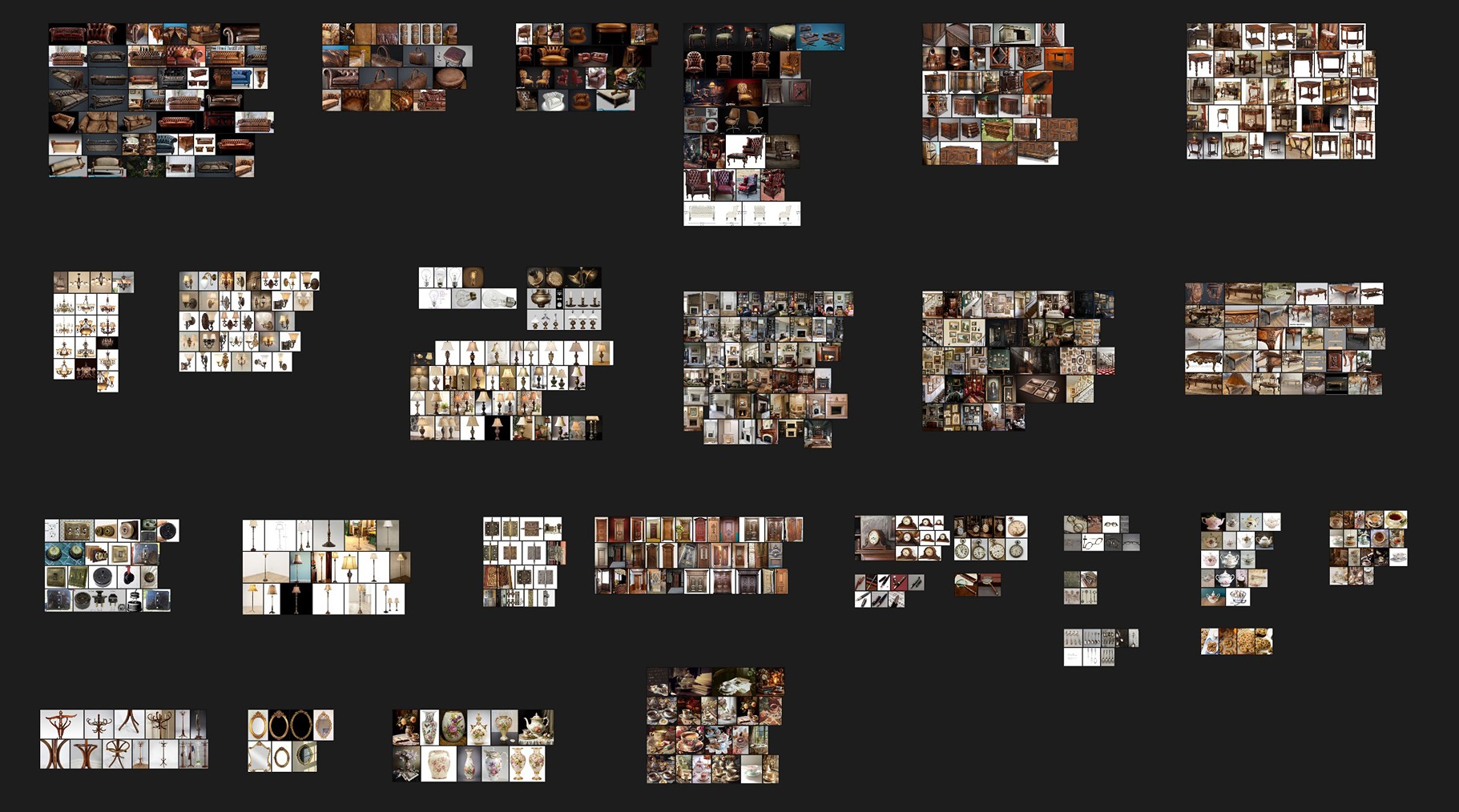
This allowed me to generate a good low-poly model right away by duplicating my subdivided high-poly and deleting all the subdivision modifiers, with minor cleanup and optimization passes later.
One of the most important tips I learned for creating believable furniture (and this can apply to any prop, such as sofas or chairs) is to learn how they are constructed in real life.
The best way is to find YouTube videos from factories or repairmen showing the assembly process from start to finish.
Textures and Materials
To bring the environment to life, I created a variety of tileable materials and used different workflows to achieve realism while optimizing performance.
The workflows I used included:
- Unique textures for props.
- Tileable materials with vertex blending setups.
- Tileable materials blended with RGB masks via a second UV channel.
- Trims are mainly used for wooden panels, picture frames, and ornamental parts.
All of the unique textures were created in Substance Painter using base materials I either made from scratch in Designer or taken from Painter’s asset library.
Since I wanted my environment to avoid looking too damaged or neglected, it was tricky to create interesting textures that told a story while still remaining relatively clean.
The best solution was to create enough color variation in the Diffuse and Roughness textures so that objects wouldn’t look plain, even without significant dirt or damage.
Only after the base looked believable did I add damage in a way that felt organic and compositionally pleasing, both on individual props and within the environment as a whole.
One thing I’d like to focus on is the embroidery creation process. First, I found a few free vector patterns, which I adjusted in Photoshop before importing into Substance Sampler.
In Sampler, using the embroidery filter, I spent some time iterating to find the right settings so the embroidery felt organic and handmade.
Once the base looked decent, I exported it to Substance Painter as a smart material and used it as a base for texturing pillows.

The workflow for tileable materials was pretty straightforward; all of them were built in Substance Designer using standard pipelines.
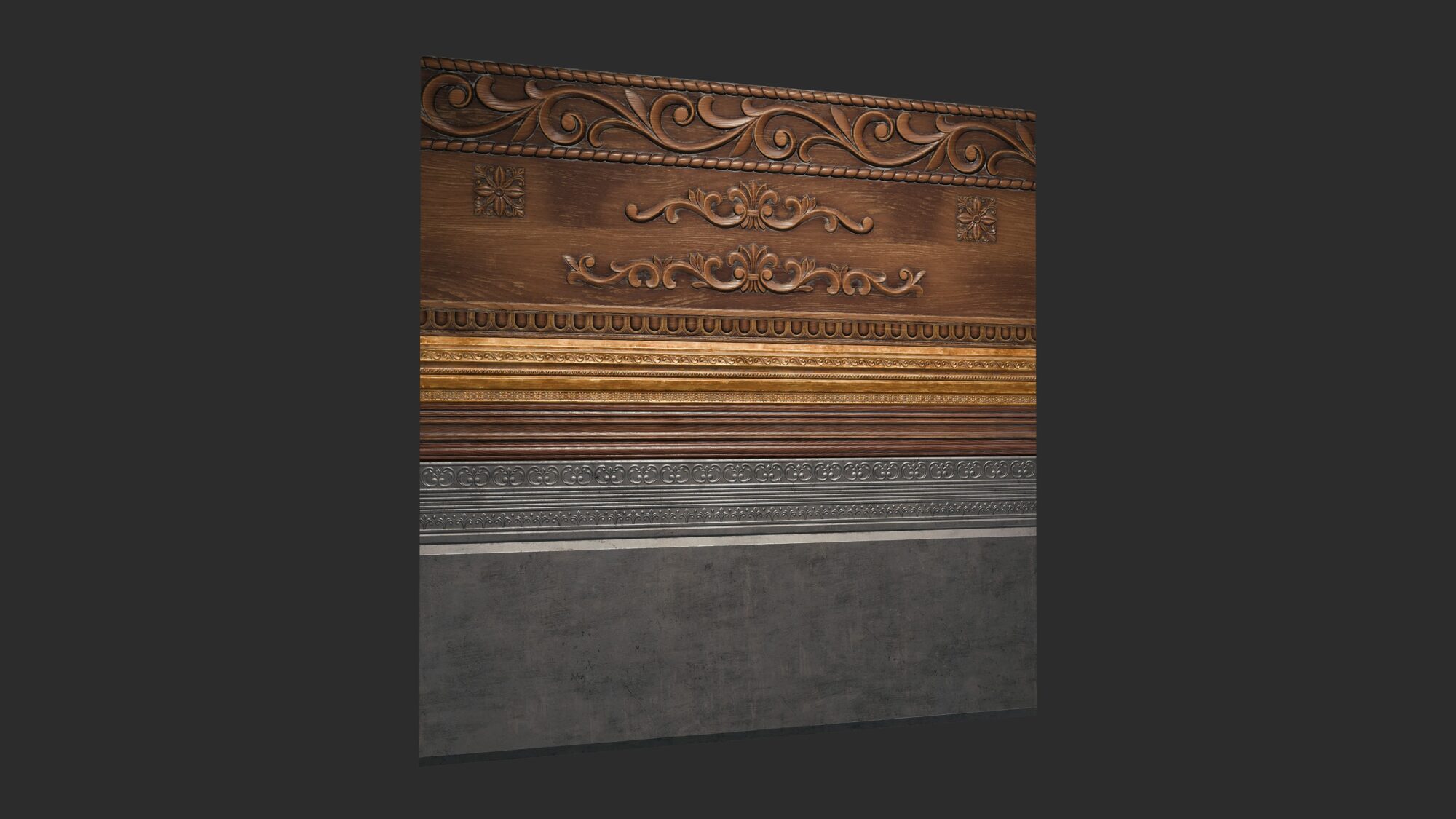
One of the more interesting parts worth mentioning is the stained glass creation process.
I saw this workflow used by the amazing material artist Jonathan Benainous in his post about The Last of Us Part I materials.
The key step was to create a pattern in Photoshop, which I later exported as separate bitmaps into Substance Designer. I drew the pattern by hand and created maps for color, pattern mask, and metallic mask.
Final Pass
At this stage, I placed all the props in the scene, vertex-painted the floors and walls, and added decals such as torn wallpaper. The primary aim was to create a lived-in atmosphere, adjust the composition, and then focus on lighting.
Screenshots from Alan Wake 2 and movies like Joker by Todd Phillips served as excellent compositional and lighting references.
Another goal was to create the feeling of a warm and cozy environment.
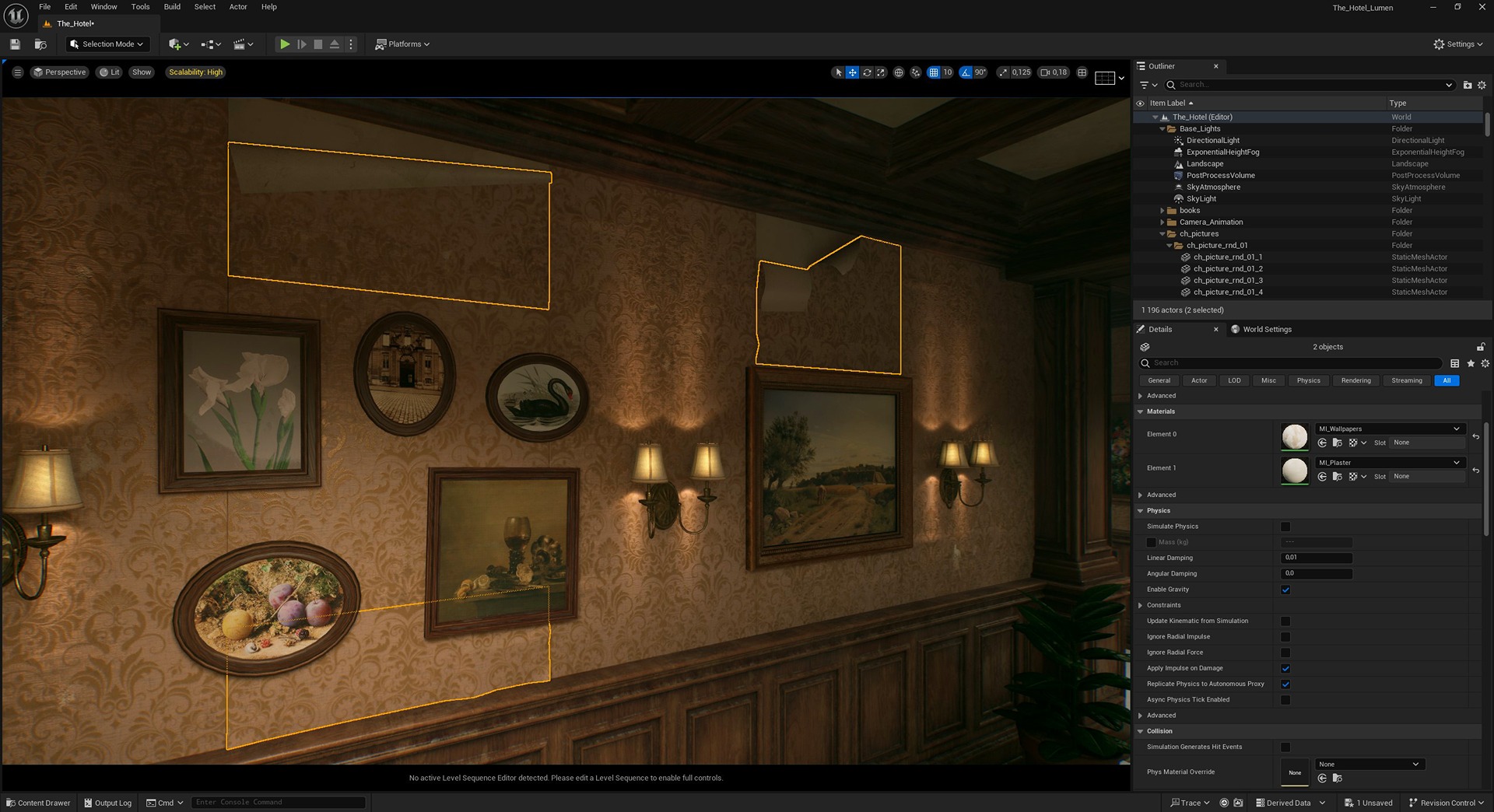
To achieve this, I decided to set the scene during cloudy and dull weather outside, creating a contrast that made the interior feel warmer compared to the cold exterior.
Adjusting parameters like Mie scattering distance, directional light temperature, and height fog intensity helped me achieve this effect.
The lighting in the scene was simple, with a primary soft directional light coming through the windows and warm artificial lights placed to support the composition and highlight important areas and focal points.
Conclusion
It took a full year to complete the Anemoia project, and it wasn’t always easy to find the time and energy after my full-time job.
I’m grateful for the support and feedback I received during production from my girlfriend and fellow artists, who were always curious about the project’s progress and release date.
I hope this article was helpful and entertaining for everyone. If you feel like you’re struggling with personal projects and lack motivation, take a break for a week or two.
Play some games, watch movies, relax, and come back later. That’s what worked for me.
Thank you for reading!

